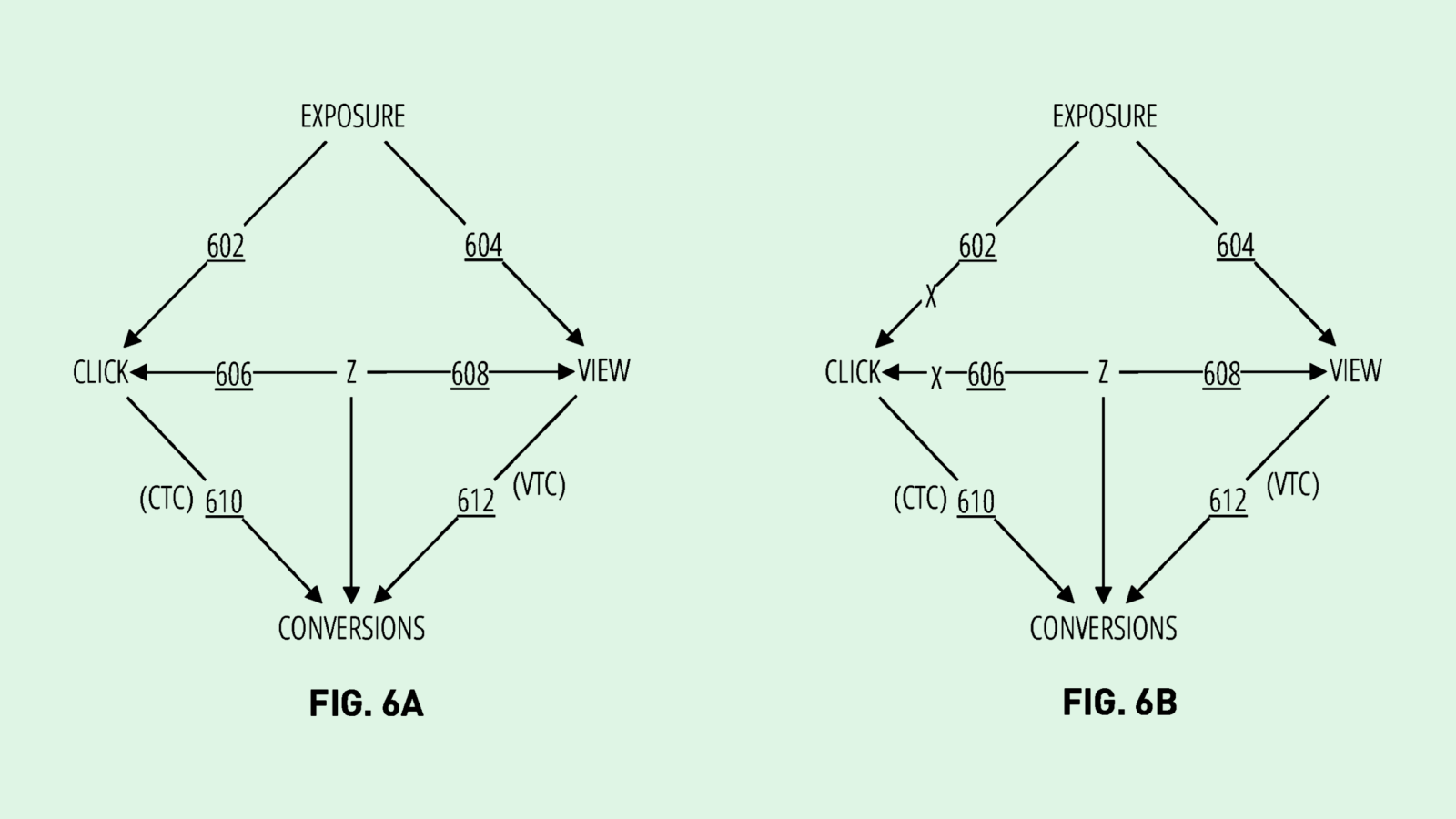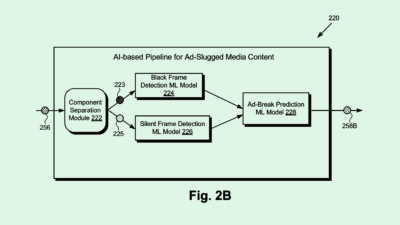Raytheon Patent Highlights Use Cases and Risks of AI in Defense
Raytheon’s patent to create sophisticated synthetic image data could allow the firm to generate large, robust datasets.

Sign up to uncover the latest in emerging technology.
Raytheon wants to make sure its AI models don’t fall for deepfakes.
The defense contractor filed a patent application for generating an “AI dataset using (a) 3D engine.” This tech essentially aims to beef up machine learning training datasets with synthetic image data.
“Current synthetic imagery and corresponding synthetic imagery datasets suffer from, among other issues … a lack of diversity in backgrounds and object pose and lighting conditions,” Raytheon said in the filing. “This is especially true for rare targets or targets that are hard to find ‘in the wild.’”
Though generative models can create consistent simple imagery, these models often suffer when asked to create something more complex, Raytheon said. Using aerial images as its prime example, this tech aims to create “convincingly realistic but procedural imagery” for datasets to train other AI models.
To do this, Raytheon’s system would combine real satellite imagery with AI-generated images in a 3D editor, using the authentic images as a baseline to give the fake ones “consistent geometry, global illumination, and shadow geometry.” A generative neural network would then refine the images to make them even more realistic, adjusting clarity, lighting, and color.
Raytheon’s tech could allow the firm to generate large, robust datasets of realistic imagery to help train image-based AI models, such as object-recognition tools or classifiers. Plus, by creating refined fake images, this tech could help train its models to detect anomalies and sophisticated deepfakes themselves, said Ashley Manraj, chief technology officer at Pvotal Technologies.
These models can save a ton of labor resources that’d otherwise be spent hunting for anomalies themselves, he said. “Let’s say you get a new set of 10,000 pictures … and you don’t have the time to be analyzing those with human eyes. The power of those models is that they work in parallel [with humans].”
Raytheon’s patent highlights that defense contractors and organizations are taking a rising interest in AI and generative models, with contracts ranging from millions to billions of dollars to fund things like threat-monitoring technology, flight simulation and modeling, and autonomous drones.
But using AI in military contexts can be tricky, said Manraj. AI still faces issues with hallucination and inaccuracies. And in certain models, those mistakes can be amplified over time, he noted. Because “consistency is king,” he said, defense organizations often “don’t prefer AI at very large scales.”
“You can’t afford for the general system to go wrong,” said Manraj. “You have to ensure, as a technology provider, that whatever you do will last for years.”











